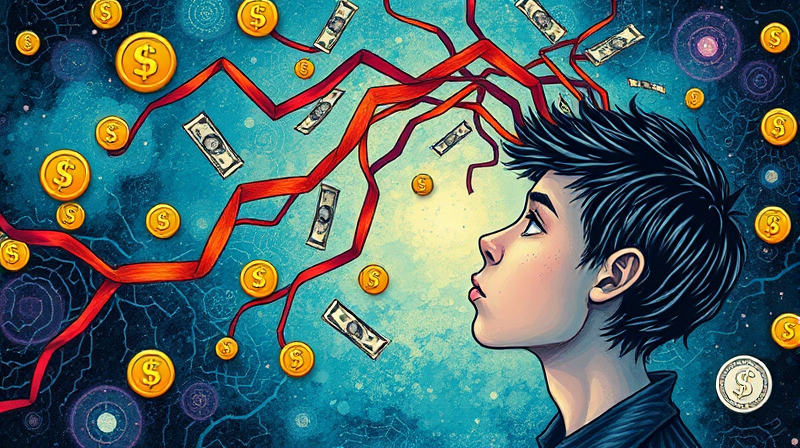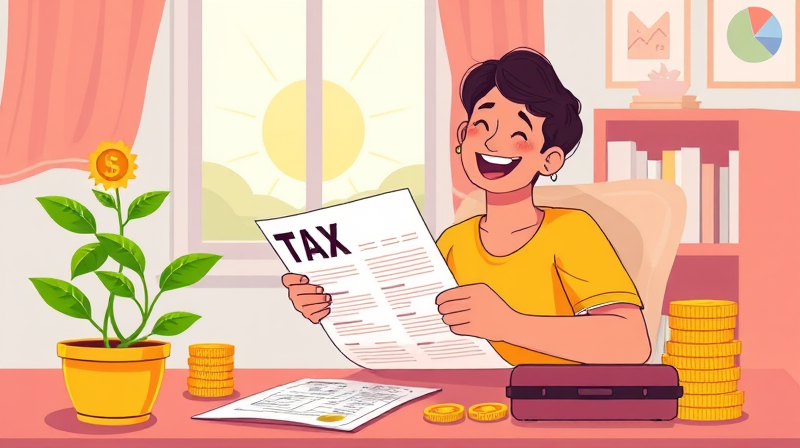
Every purchase we make reflects more than just a desire for goods or services—it reveals our inner narratives, emotions, and hardwired instincts. From the exhilaration of a spontaneous splurge to the guilt of an impulse buy, our wallets tell a story rooted in both our past and our biology.
In this comprehensive guide, you will uncover the hidden forces shaping your spending, learn to recognize unhelpful patterns, and discover practical tools to build a healthier relationship with money.
At the heart of our spending lies a web of neural and chemical reactions. When we swipe a card or unlock a smartphone wallet app, our brain rewards us with a hit of dopamine.
These deeply psychological forces behind spending tap into primal reward centers, making shopping feel as thrilling as any other pleasurable activity. The rush from a new purchase can mimic the chemical high of a social media notification or a fitness achievement, binding our emotional state to our financial choices.
Understanding this connection turns the abstract concept of budgeting into a tangible practice of self-awareness rather than deprivation.
Long before we earned our first paycheck, our attitudes toward money were already taking shape. Research shows that children between the ages of 5 and 10 begin forming emotional responses to saving and spending.
Through games, allowances or simply observing parental behavior, youngsters learn whether spending feels like a reward or a source of anxiety. This early conditioning can crystallize into adult money typologies described by the Spendthrift–Tightwad Scale: “tightwads” who feel acute pain when spending and “spendthrifts” who experience little or no discomfort.
By revisiting these formative memories, we gain insight into why certain purchases ignite joy or dread decades later.
Even with the best intentions, our rational mind often takes a back seat. Cognitive shortcuts—known as biases—skew our perception of value, cost and risk.
Emotional triggers, such as stress or boredom, can override careful planning. Learning to pause and observe your impulses becomes the first step in separating emotion from spending and reclaiming control.
We rarely treat all dollars equally. Windfall gains—such as bonuses or gifts—are often earmarked for indulgent purchases, while regular income is tightly budgeted.
This division, called mental accounting, explains why a surprise tax refund vanishes on luxury items, whereas a steady paycheck barely covers essentials.
By consciously redesigning these mental categories, you can allocate small amounts of hedonic spending while protecting your core savings goals.
The advent of contactless cards, mobile wallets and “buy now, pay later” schemes has dramatically altered our spending landscape. The less tangible a transaction feels, the easier it is to overspend.
Studies reveal that consumers bid over twice as much in auctions with credit cards compared to cash, thanks to the reduced psychological pain of paying.
By bringing visibility back—through tracking apps, manual logs or even using cash for discretionary buys—you restore the natural friction that curbs impulsivity.
In an era of social feeds and influencer culture, we’re constantly exposed to curated lifestyles and aspirational purchases. Nearly 35% of Americans admit they’ve spent beyond their means just to keep up with peers.
Cultural norms silently dictate which items are worthy of a splurge and which purchases might be judged. Recognizing these external pressures can soften their influence and empower you to spend in alignment with your genuine values.
Unchecked impulses can lead to debt cycles that heighten stress and erode self-esteem. Typical pitfalls include:
Awareness of these patterns is the first step toward breaking free.
True transformation begins inward. Journaling your spending, noting the emotions and context around each purchase, reveals hidden triggers and unhelpful narratives.
By recognizing and challenging limiting beliefs—such as “I’ll never be good with money” or “I deserve to treat myself”—you dismantle the mental barriers that keep you stuck in cycles of regret.
Practical, sustainable change comes from small, consistent actions. Consider these proven tactics:
Each of these steps introduces a moment of reflection, making it easier to match spending decisions to your long-term vision.
Beyond budgets and spreadsheets lies a more fulfilling pursuit: aligning your resources with your deepest aspirations. When you view spending as an extension of your identity, every dollar becomes a vote for the life you truly want.
Embrace aligning spending with core values and weave transformative mindful money management practices into your daily routine. Celebrate small victories, whether it’s a week of disciplined tracking or resisting an impulsive buy, and let each success fuel your confidence.
Over time, these habits compound into greater financial resilience and emotional well-being, freeing you to pursue passions without the weight of regret.
Begin today by observing one purchase. Ask yourself: “What need does this fulfill?” and “Does this support my future?” With each thoughtful choice, you reclaim ownership of your financial story and empower the person you’re becoming.
References













